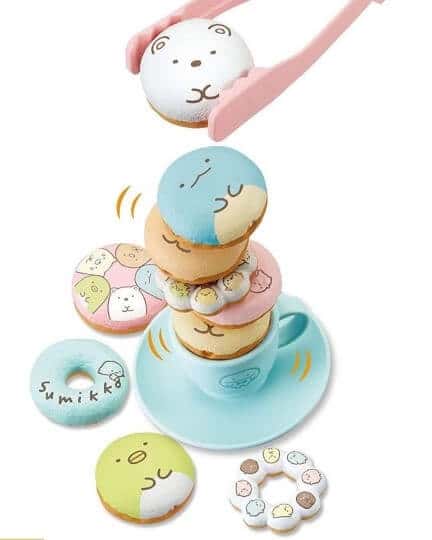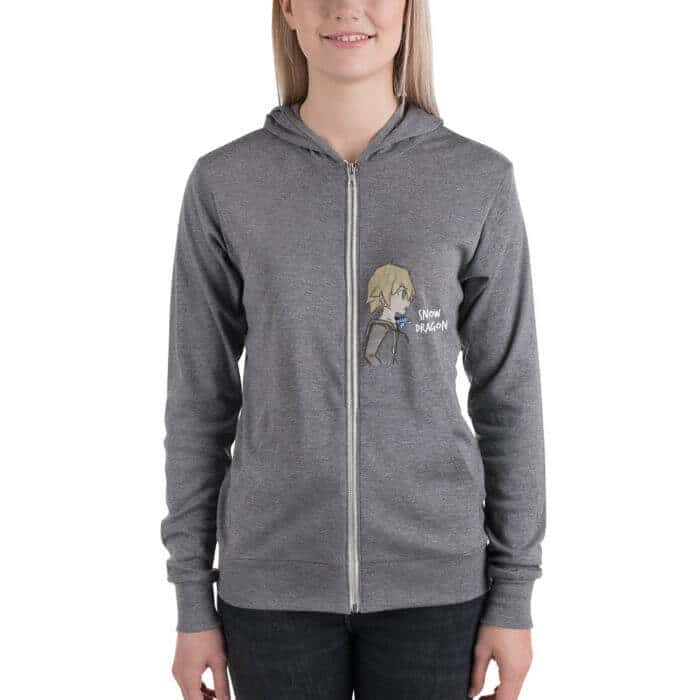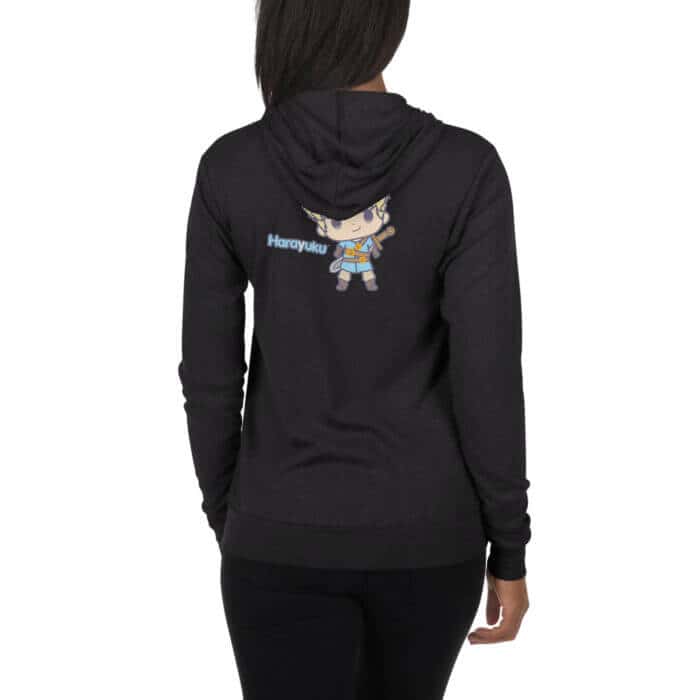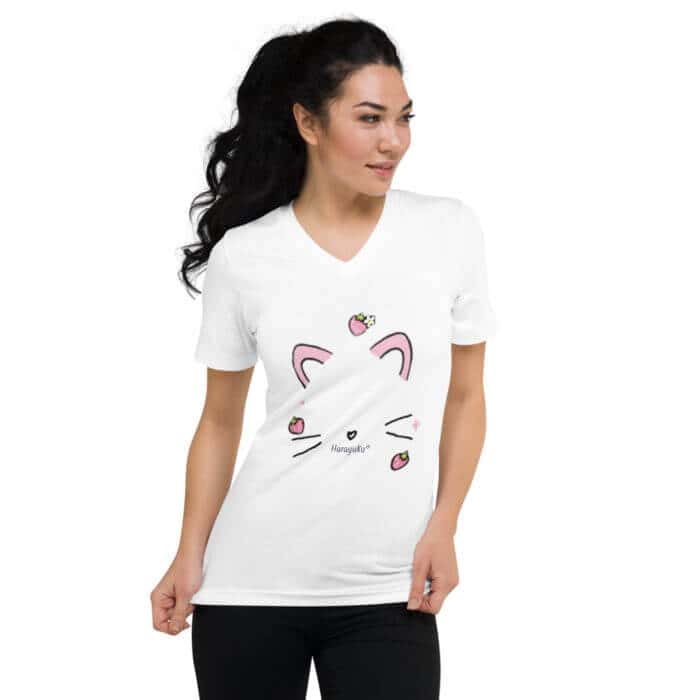Japan is a country of rich history, with the majesty of the Imperial Dynasty and the wrath of the samurais painted across its art and popular culture. In recent years, the country has come to be known for something else – innovation and futuristic technologies. The country has grown to become a leader in consumer electronics and the automotive industry.
Author
However, Japan is also home to something far more unique – a phenomenon that has grown past its humble roots and gripped the world. We are obviously referring to kawaii, the Japanese culture that celebrates all things cute.
Kawaii came out of Japan in the second half of the twentieth century, but its influences date back ages. Its impact can be seen across many cultures in one form or the other.
Meoow unisex T-shirt with long sleeves
€22,95 – €24,95Original laptop sleeve Ancient Hero
€25,95 – €28,95Hello Kitty and Pikachu may be the most popular kawaii characters, but kawaii has become apparent in everything, from Western music to movies to, more recently, social activism. The phenomenon has also become an unlikely but effective tool against terrorism. Before we get into the details, let’s take a moment to understand what kawaii is and what it entails.
What Is Kawaii?
The word kawaii originates from the Japanese word kaohayushi, which was coined during the golden age of Japan. This period, known in history as the Heian Period, was the time between 794 and 1185. The original term meant something entirely different from what it does today. In the past, it was used to describe flushed facial expressions resulting from embarrassment or guilt.
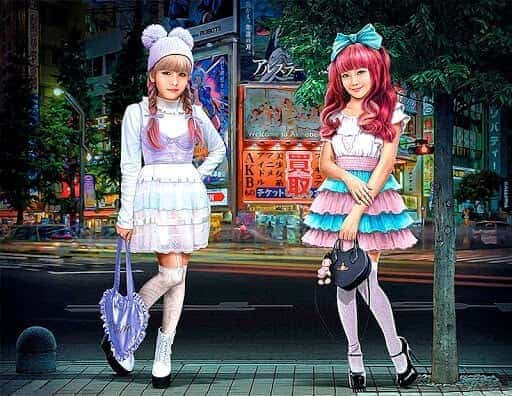
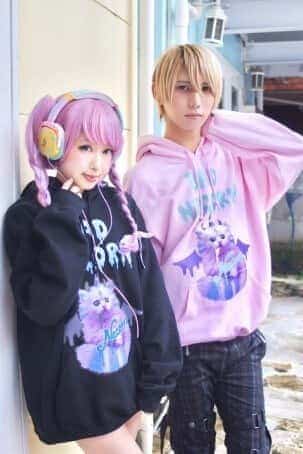
As time passed, the term morphed into kawayushi, denoting notions of vulnerability, pity, embarrassment, lovability, and cuteness. It is this term that further morphed into the modern-day term of kawaii some time during the Muromachi Period from 1336 to 1573. As it did, the term shed its negative connotations to become the embodiment of lovability and cuteness.
As is evident from kawaii’s history, the term has gone through many changes over a period of several years. Despite the change it has underwent, the core of the term has remained the same through all its iterations. It denotes anything that awakens sentiments of love, cuddliness, or just general warm and fuzzy feeling of bliss. Kawaii is pure joy brought on by innocent and adorable things.
What Isn’t Kawaii?
Kawaii culture is the appreciation of all things cute. Cute, however, does not mean beautiful or perfect. In fact, one element that is common across all kawaii graphical representations is asymmetry and imperfection. Disproportionate heads, small nose, big mouths, and no mouths at all (think Hello Kitty) are all recurring elements in kawaii representations.
For something to be kawaii, it doesn’t have to be perfect. Some of the best representations of kawaii possess subtle imperfections that might not even be noticeable. Specialists believe that perfection is superficial and creates a sense of unease. It fails to generate joy in a way that is pure and authentic. The secret ingredient of kawaii, therefore, is the absence of perfection.
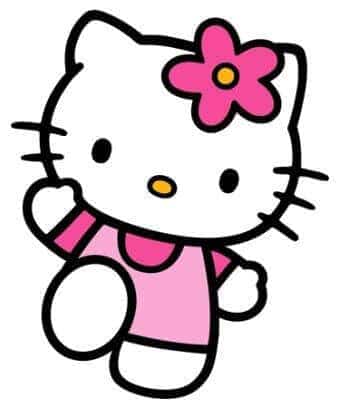

Another thing that kawaii isn’t is a static phenomenon. As is evident from its evolution, kawaii has gone through many phases to become the version that it is today. From embarrassment to timidity to cuteness, kawaii has come a long way.
Its evolution hasn’t stopped either. Recent years have seen newer variations of kawaii that stray from the traditional representations of cuteness. The concept has been incorporated with gothic elements and even with gore. Today, kawaii has more than five different representations.
![Japan’s Kawaii Culture and How It Influences Art, Pop Culture, and More 5]() Kawaii Inspirations Around the World
Kawaii Inspirations Around the World
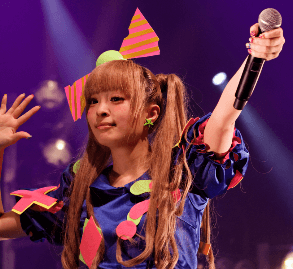
The most prominent influences of kawaii today can be seen in pop culture. Be it singers or fictional characters, kawaii is taking over the world. The true embodiment of kawaii in the international music industry is the Japanese singer, Kyary Pamyu Pamyu, known for Candy Candy, Ponponpon, and other hit songs.
Since the late 1900s, kawaii has been seeping into the west as well. It has now established its roots to such an extent that its references become visible in the dress and content choices of singers such as Nicki Minaj and Gwen Stefani.

If you think you are safe from its effects only because you don’t associate with Nicki Minaj, think again. All the Pokémon Go players scouring the street trying to “catch ‘em all” are just as exposed to kawaii as girls indulged in Lolita fashion.
![Japan’s Kawaii Culture and How It Influences Art, Pop Culture, and More 8]() Kawaii as a Tool in Social Activism
Kawaii as a Tool in Social Activism

We discussed the ever-changing nature of kawaii, and it isn’t more evident in anything than in its shift from a pop-culture aesthetic to a political tool. Due to a mix of innocence and cuteness, kawaii has become an ideal tool for addressing difficult social and political issues.
Through the incorporation of kawaii, commentators can dilute the impact of a message that could have created outrage if presented any other way. This is why kawaii elements have become a repetitive occurrence in feminist and female equality movements. Catchphrases like “f*** the patriarchy” can be seen adorned in pastel colors and sugary fonts in almost every procession. Memes of politicians and famous personalities incorporating kawaii elements have also become a common occurrence.
Kawaii Against Injustice
It’s one thing to find kawaii in pop culture and social activism and another to have it confront terrorist elements. Yet, this is precisely what kawaii has done in recent years.
Among its many victims over the past five years is the middle eastern terrorist organization, ISIS. In the aftermath of the beheading of two Japanese journalists in 2015, Japan retaliated in a unique fashion.
Anime Boy Mug
€15,95Harayuku Kpop #Army Hoodie
€25,50 – €33,00Rather than take up arms on social media against supporters of ISIS, the Japanese public took a peaceful approach. The retaliation came in the form of ISIS-chan, a green-haired, veal-clad kawaii Lolita who stands up against terrorism with a bubbly attitude and a Japanese muskmelon.


The anime has become widely popular online, inspiring a series of fan-fiction comics. ISIS-chan has been described as a girl who doesn’t fight violence with violence and shuns extremist propaganda.
So, how does ISIS-chan fight terrorism in the real world? That’s a good question. ISIS is notorious for using social media and online forums for recruiting like-minded extremists. By flooding search engines and discussion boards with ISIS-chan, kawaii hijacks the online presence that ISIS makes use of for its negative agendas. It disturbs the propaganda and replaces it with harmless material.
Conclusion
Kawaii may be all about promoting sunshine and unicorns and trees made of candy floss (unless you consider its darker variants), but not everyone sees eye to eye. Critics have questioned its effectiveness against real issues like social injustices. Real issues have real consequences, and kawaii can do nothing to stop them. For instance, a critic would argue that ISIS-chan won’t make ISIS go away.
Although this is true, specialists in kawaii expression believe that kawaii works in a unique manner. It doesn’t eliminate negative elements, but it dampens the negativity surrounding them. Kawaii’s power against evil lies in its positive influence. It is a soft power, unlike any form of violence.
Cuteness stimulates feelings of joy, so associating a negative notion with kawaii dilutes its impact. Kawaii promotes peacefulness and harmony without resorting to the violent tactics that it faces off. It has united online contributors under the banner of non-violence and discouraged the spewing of hatred that the internet is known most commonly for.
